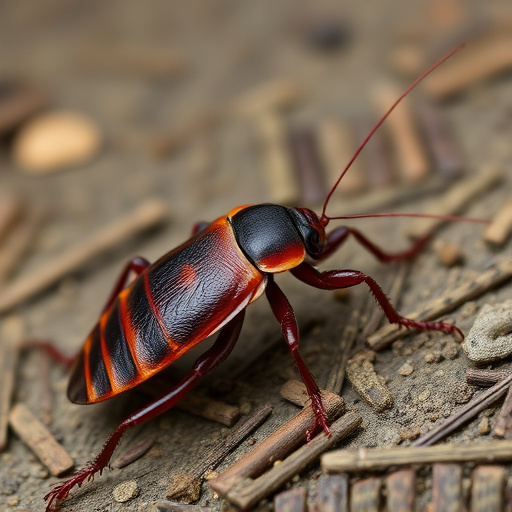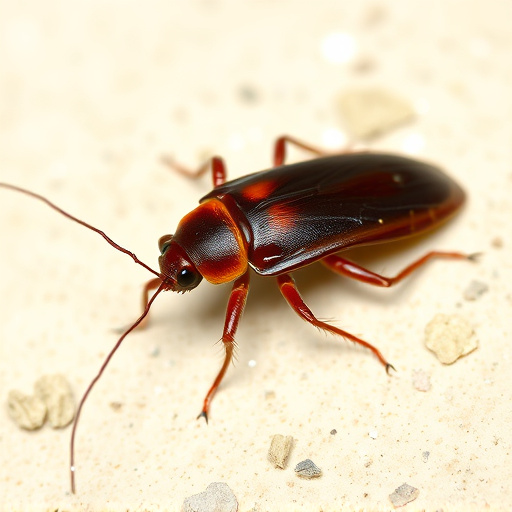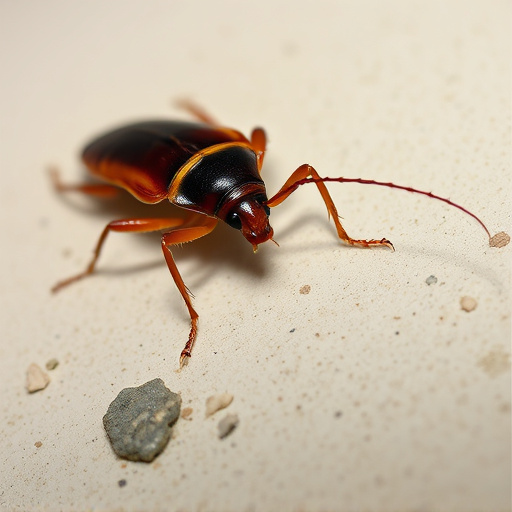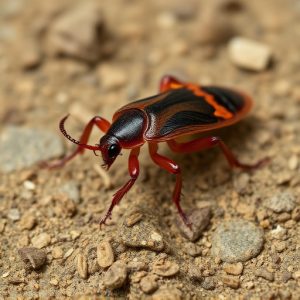Roach infestations are a common challenge for homeowners in Tucson, AZ, but understanding these pests and taking prompt action through regular inspections by a professional roach exterminator Tucson is crucial. Marana's expert pest control services use advanced tools to target hidden habitats, offering versatile solutions including chemical applications, baits, and non-toxic methods. They educate homeowners on prevention techniques such as sealing entry points, maintaining cleanliness, and controlling moisture, ensuring long-lasting protection from common household pests like German (Blattella germanica) and American cockroaches (Periplaneta americana). Effective post-treatment measures significantly reduce the risk of reinfestation.
Tucson residents often face the unwelcome sight of roaches, with infestations posing a common pest control challenge. Understanding these persistent creatures and their behaviors is key to effective extermination. This article guides you through the process, starting with recognizing Roach infestations in your Tucson home and highlighting the expertise of Marana Pest Control. We’ll explore the most common species in the area and provide preventative tips after professional treatment from a top-rated roach exterminator in Tucson.
- Understanding Roach Infestations in Tucson Homes
- The Role of Marana Pest Control in Effective Roach Extermination
- Common Roach Species Found in the Tucson Area and Their Behaviors
- Tips for Preventing Future Roach Infestations After Professional Treatment
Understanding Roach Infestations in Tucson Homes

Roach infestations are a common concern for many homeowners in Tucson, AZ. Understanding these persistent pests is the first step toward effective control. Roaches thrive in dark, damp areas, often hiding in cracks and crevices behind appliances, under sinks, and within walls. A roach exterminator in Tucson may recommend regular inspections to identify potential entry points and pinpoint active nests.
Early detection is key to successful eradication. Signs of a roach infestation include spotting the insects themselves, as well as evidence of their presence like droppings (small black pellets), egg cases, or a distinct musty odor. Prompt action by a professional roach exterminator Tucson residents trust is crucial to prevent these pests from establishing a strong hold and causing further damage to homes.
The Role of Marana Pest Control in Effective Roach Extermination

Marana pest control services play a pivotal role in effectively eradicating roach infestations, particularly in the Tucson area. Professional exterminators armed with specialized knowledge and state-of-the-art tools are best equipped to handle these persistent pests. They employ tailored strategies that go beyond surface treatments, delving into the habitats where roaches thrive—from dark corners of homes to intricate cracks and crevices—to ensure every last roach is eliminated and future infestations are prevented.
Roach exterminators in Marana utilize a combination of advanced techniques, including targeted chemical applications, baits, and non-toxic solutions for families with pets or young children. They also provide valuable insights into prevention methods, such as sealing entry points, maintaining cleanliness, and addressing moisture issues, empowering homeowners to keep their spaces roach-free between professional visits. This comprehensive approach makes Marana pest control a reliable and effective choice for residents facing roach infestations in Tucson.
Common Roach Species Found in the Tucson Area and Their Behaviors

In the Tucson area, several common species of roaches inhabit homes and commercial properties, making them a frequent concern for local residents. Among these, the German cockroach (Blattella germanica) is particularly prevalent. Known for its small size—about 1/4 inch in length—and rapid reproduction, this pest is often found in kitchens and bathrooms. German cockroaches are highly adaptable and can survive in various environments, quickly multiplying if left unchecked by a roach exterminator Tucson professionals.
Another notable species is the American cockroach (Periplaneta americana), commonly referred to as the “water bug.” Measuring up to 1 inch long, these roaches prefer humid areas and are often spotted around sinks, drains, and basements. Unlike German cockroaches, American cockroaches are not as swift in reproduction but pose a similar level of concern due to their ability to invade and thrive in diverse settings. Effective control of these pests usually requires the expertise of a qualified roach exterminator Tucson services.
Tips for Preventing Future Roach Infestations After Professional Treatment

After a professional roach exterminator Tucson treatment, preventing future infestations is key to maintaining a roach-free environment. Start by identifying and sealing entry points, such as cracks and gaps around windows, doors, and pipes. Regularly clean your home, especially kitchens and bathrooms, to remove food debris and eliminate potential water sources that attract roaches. Store food in airtight containers and promptly clean up any spills or crumbs. Additionally, maintain a tidy space by wiping down counters, sweeping floors, and taking out the trash regularly.
Consider implementing a robust pest control maintenance plan tailored to your home’s needs. This may include scheduled inspections, preventive treatments, and quick responses to any new signs of roach activity. By combining these measures with professional expertise, you can significantly reduce the likelihood of future roach infestations in your Tucson residence.
In conclusion, addressing roach infestations in Tucson homes requires a comprehensive understanding of these pests and the expertise of a qualified Marana pest control service. By identifying the specific species and their behaviors, homeowners can better prepare for prevention. A trusted roach exterminator in Tucson can provide effective treatments tailored to each unique situation, ensuring a cockroach-free environment. Additionally, implementing post-treatment preventive measures will significantly reduce the risk of future infestations.
